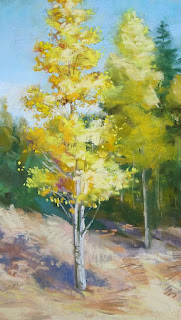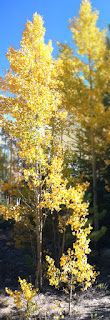To my dear students and friends--
For over 23 years now I've enjoyed teaching art classes, but recently I've begun to feel a divine nudge to move in a different direction.
My husband and I have been actively involved in various ministry opportunities over the last 13 years, primarily reaching out to the poor and homeless. After a time of caring for my aged mother before she passed on, we now feel that we're being called back into another more intense period of service. Neither of us is sure what that will be, but it's time for me to take a sabbatical from teaching in order to be available to find out from the Lord where He will lead us.
This gives me a lot of mixed feelings, as you can imagine. It saddens me to think that I won't prepare and teach a weekly class, and see those who have become friends over so many years together, but it also lifts my heart to think that I may end up serving in a way that is exciting for its spiritual implications. Since you know me, no doubt you know that I believe with all my heart, mind, soul and strength that I must be about the business of spreading the gospel, the good news of salvation from the Lord Jesus. So you know this is most important and uplifting to me, too.
Because several of you have generously paid in advance for a few classes, I can't simply disappear--which I wouldn't actually do anyway (although I admit it was a temptation, as it's hard to say goodbye to weekly classes after this length of time.) As it stands, I plan to offer classes each week from now through November 17th, the week before Thanksgiving, so that those of you who have already paid for classes have the opportunity to attend. I already have the October classes planned and posted, and will post the November plan in a couple of weeks, too. So I ask you to please consider what you've invested and take the remainder of what I owe you in the next few weeks.
If there's one thing I've learned in my walk with the Lord it's that I shouldn't try to read His mind, so I'm not making any plans that are more definite than this. Is this the end of classes, my total retirement from ever teaching again? I don't know. My plan is to finish this year (we always take a break after Thanksgiving, so that ends my teaching year), and to wait on Him to see what comes next.
I have begun writing another book, and may present it in a weekly blog format, as I did with
Landscape Painting in Pastels. This one may be for sale at a modest cost. I don't know yet. The topic is a bit different, but one I feel really compelled to write. It actually derives its content from this class blog and a lot of other classes I've taught over the years. I'm giving it the working title of:
BREAKTHROUGH!
Exercises and experiments you can do to
· advance your artwork to a new level
· break out of the doldrums
· or just have some fun!
When/if it becomes a reality I'll be sure to post a link here for you.
So, that's the big news, the new plan, and my hopes, all rolled into one BIG announcement. We'll see where this leads next.
Meantime, see you in the next six weeks, I hope.
Keep painting, gang!
Deborah




















